SUMMARY
This is AI generated summarization, which may have errors. For context, always refer to the full article.
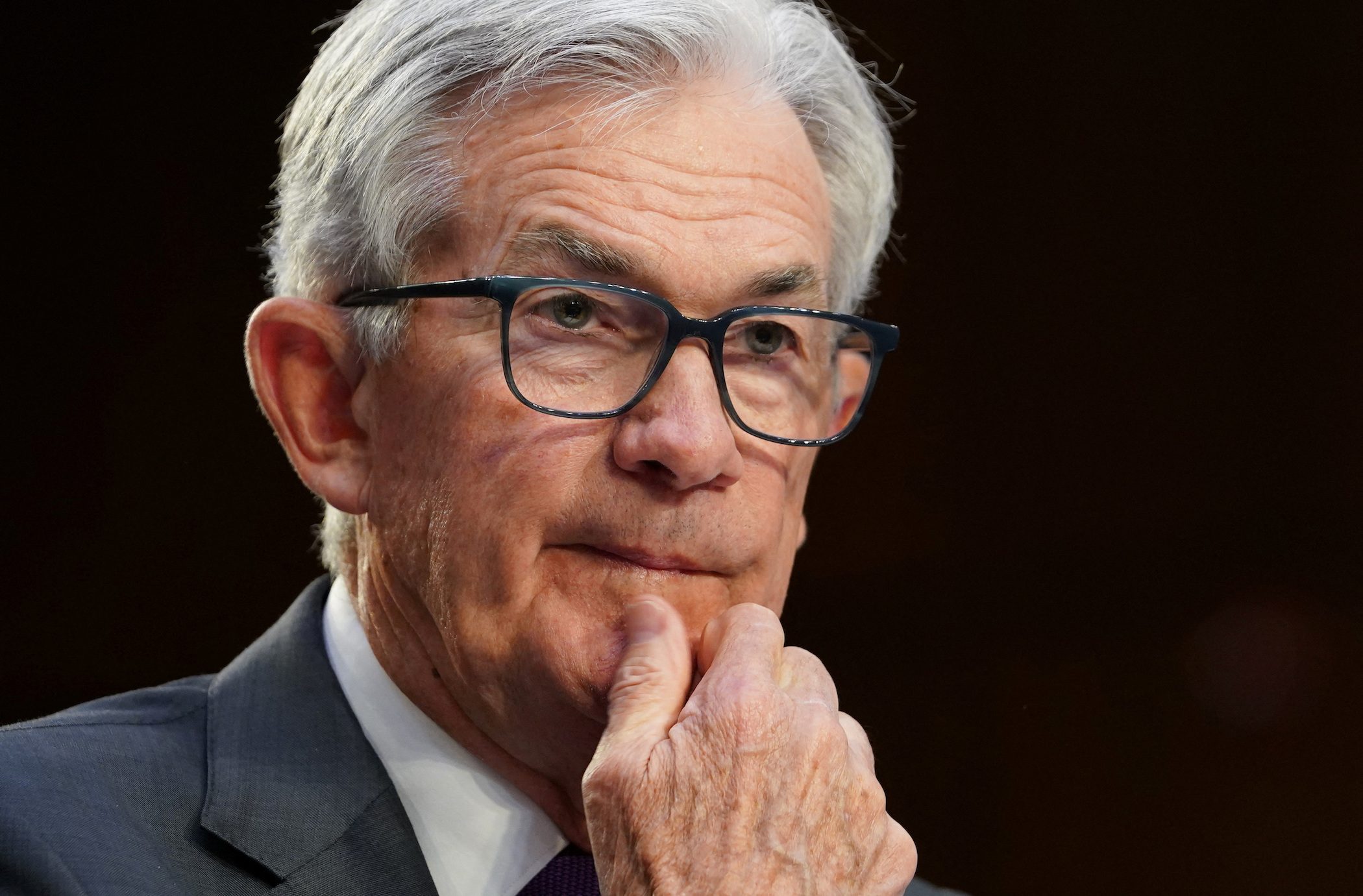
WASHINGTON, USA – US Federal Reserve officials meet next week again chasing persistent inflation but now balancing that against the first acute tremors from the aggressive interest rate hikes the central bank approved over the past year.
The sudden failure of Silicon Valley Bank (SVB) last week isn’t expected to prevent the Fed from continuing to raise interest rates at its March 21-22 meeting, with inflation still running far above the Fed’s 2% target and Fed Chair Jerome Powell indicating monetary policy might need to become even more aggressive.
But it could add a dose of caution to the policy debate and undermine the sense, common among officials so far, that Fed policy had not caused anything to “break” in an economy where spending and job growth have seemed immune to the impact of higher interest rates.
SVB’s failure, which the Fed came to view as a potentially systemic shock if bank depositors faced losses, prompted the Fed to announce a new bank lending facility on Sunday, March 12, in an effort to maintain confidence in the system – effectively putting the Fed back in the business of emergency lending even as it tries to tighten credit overall with higher interest rates.
Given the stakes that bit of dissonance seemed unavoidable, and may be accompanied by a slightly softer approach to monetary policy if risks are seen to be intensifying.
“The threat of a systemic disruption in the banking system is small, but the risk of stoking financial instability may well encourage the Fed to opt for a smaller rate increase at the upcoming meeting,” Oxford Economics economist Bob Schwartz wrote on Friday, March 10, after SVB was closed by regulators and as officials began examining how to respond to the largest bank failure since the 2007 to 2009 financial crisis.
The upcoming Fed session was already providing a reality check of sorts, as policymakers tried to understand why the rapid rate hikes of the last year have not had more impact on the pace of price increases.
The inflation rate in January actually rose, while an Atlanta Fed real-time projection as of Wednesday, March 8, showed gross domestic product expanding at a 2.6% annual rate, well above the economy’s roughly 2% underlying potential.
Officials were poised to push the expected path of interest rates higher yet again as a result, the third time in their two-year battle against inflation that US policymakers will have shifted on the fly after price increases proved to be faster, broader, and more persistent than seen in their forecasts.
A February jobs report released Friday showed the unemployment rate rising to 3.6%. More importantly for the Fed, monthly wage growth slowed even as the economy continued to add jobs, an outcome that leaves open whether the Fed will approve a quarter or a half-point rate increase at its next meeting. By late Sunday after the day’s emergency actions, the probability of a half-point hike had diminished to below one in five.
Higher end point?
New inflation data to be released Tuesday, March 14, and retail sales data on Wednesday, March 15, both have the potential to push policymakers in either direction at the two-day meeting, which concludes March 22 with a new Federal Open Market Committee statement and projections issued at 2 pm EDT (1800 GMT), and a press conference by Powell at 2:30 pm.
While investors at this point see lower odds of a return to larger rate hikes, there is still the question of just how much higher the Fed will go overall. Powell in his remarks to Congress last week signaled the new “dot plot” of projections for the rate path beyond March would likely be higher than previously expected in order to slow inflation to the central bank’s 2% target from levels more than double that.
As of December the high point for the target federal funds rate was expected by most officials to be 5.1%. In their final public comments before the beginning of a pre-meeting blackout period, Fed officials other than Powell also said they were primed for a more aggressive response if upcoming data show them losing more ground on inflation.
“The ultimate level of interest rates is likely to be higher than previously anticipated,” Powell said in congressional testimony that reset expectations for where the Fed was heading, and pushing yields on US Treasury bonds higher and prompting a sell-off in equity markets.
At a February 1 press conference, in contrast, his focus was on a “disinflationary process” he saw taking root.
Developments since then have raised some doubt in investors’ minds if Fed officials will follow through with that, however, and much of the immediate heat on bond yields and rate expectations eased after Friday’s employment data, with the weekend’s developments in the banking sector to address the Silicon Valley Bank collapse also factoring into the reversal.
Still nimble?
Government reports released after Powell’s last press conference showed the central bank’s preferred measure of inflation had risen slightly to a 5.4% annual rate.
Revisions to prior months also erased some of the progress policymakers had relied on when they decided to step down to quarter-point rate hikes at their last session. A New York Fed study last week suggested moreover that current inflation was being driven more by persistent factors and less by cyclical or sectoral influences that might be quicker to dissipate.
It is not the first time the Fed has been caught out by after-the-fact data updates. In the fall of 2021 the first release of monthly jobs reports seemed to show the job market weakening, taking some of the urgency out of discussions about when to start tightening monetary policy. By the end of the year, revisions showed hundreds of thousands more jobs had been added than originally estimated.
“If you are trying to be nimble, this is the risk. And Powell is trying to be nimble,” said former Fed economist John Roberts. – Rappler.com
Add a comment
How does this make you feel?

![[OPINION] A rebellion long overdue](https://www.rappler.com/tachyon/2024/06/mass-uprising-matrix-june-4-2024.jpg?resize=257%2C257&crop_strategy=attention)








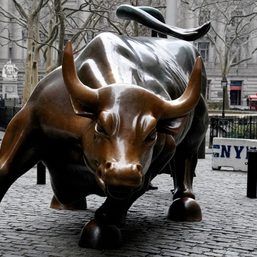
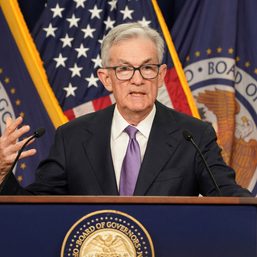
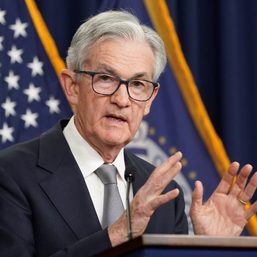
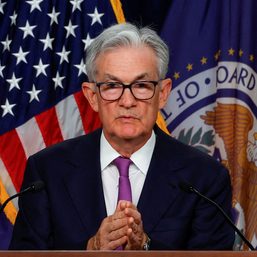

There are no comments yet. Add your comment to start the conversation.